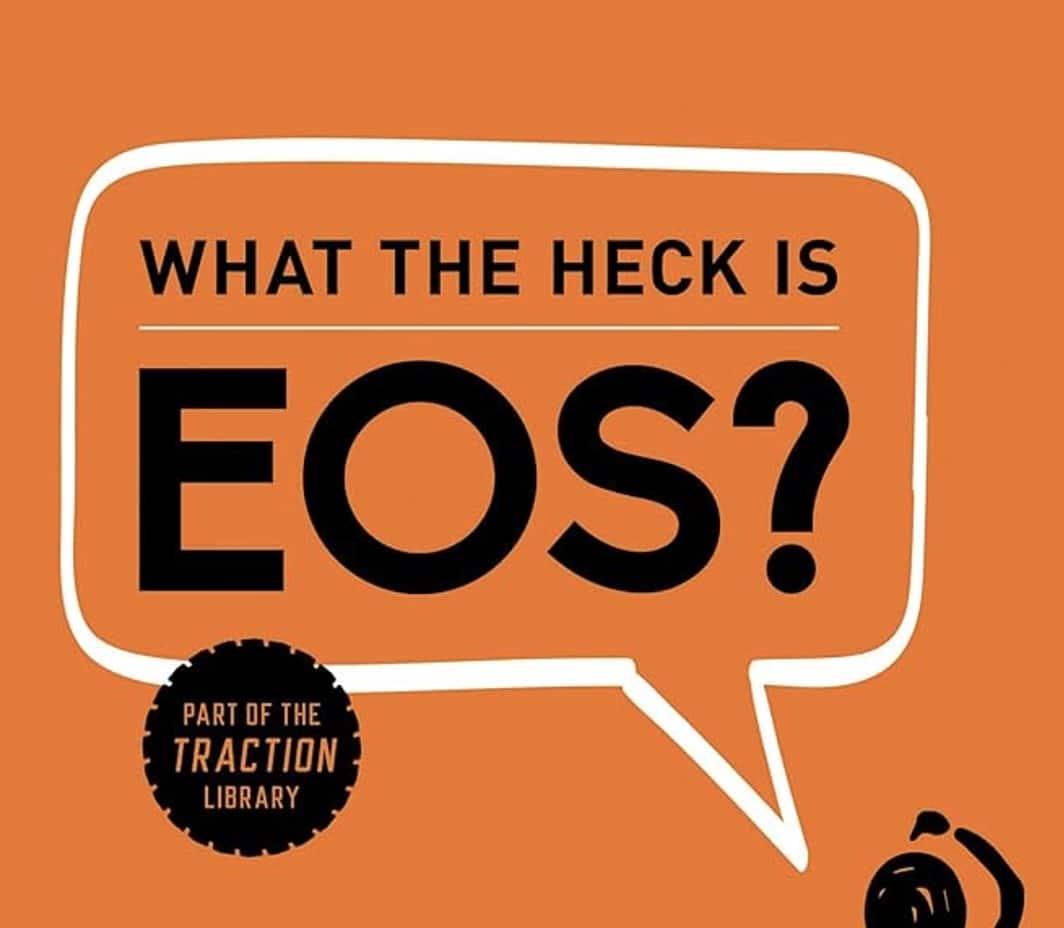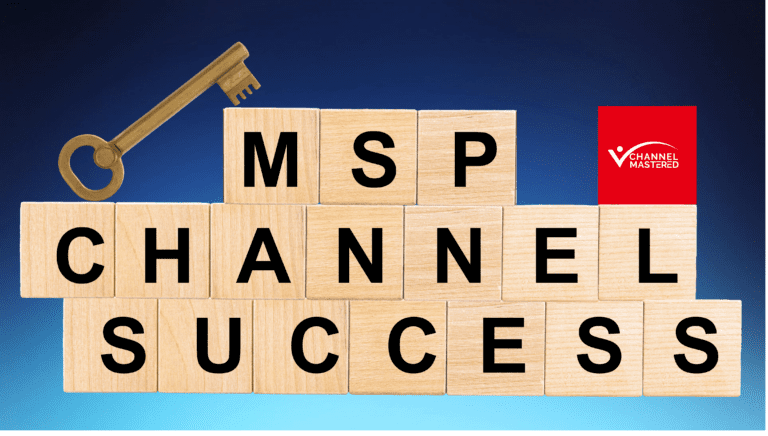EOS Has Helped Over 100,000 Businesses Worldwide. Is It a Good Fit for You?
EOS, or Entrepreneurial Operating System, has emerged as a powerful framework for businesses seeking to enhance their operational efficiency and drive sustained growth. Developed by business guru Gino Wickman, EOS provides a comprehensive approach to managing and optimizing the various components of a company, ultimately contributing to increased profitability.
One of the key values of EOS lies in its emphasis on clarity. The system encourages businesses to define their vision, core values, and long-term goals. By establishing a clear and shared understanding of where the company is headed, EOS enables all team members to align their efforts toward common objectives. This clarity minimizes misunderstandings, reduces friction, and fosters a cohesive working environment.
EOS introduces the concept of the Entrepreneurial Operating System Toolbox, a set of practical tools that businesses can utilize to enhance their operations. These tools cover various aspects of business management, including the Vision/Traction/Organizer, which helps in crystallizing the company’s vision, and the Accountability Chart, which defines roles and responsibilities within the organization. These tools provide a structured and systematic approach to addressing challenges, streamlining processes, and promoting accountability, ultimately contributing to increased profitability.
The EOS framework places a strong emphasis on strengthening the Six Key Components™ of any business:
- Vision – Simplifies strategic planning by translating leadership’s vision into simple data points defining the organization, its mission, and the milestones for getting there.
- People – Emphasizes the importance of placing the right employees within the right roles.
- Data – Involves tracking key metrics weekly that monitor an organization’s true health and performance.
- Issues – Prioritizes identifying errors, failures, and conflicts and surfacing effective resolutions.
- Process – Stresses the importance of identifying, addressing, documenting, and sharing key processes to ensure the organization can continually perform those functions efficiently and productively.
- Traction – Directs attention to achieving synergy, the phenomenon that occurs when leaders bring focus, accountability, and discipline to a company and make vision a reality.
By addressing these components systematically, businesses can identify and rectify weaknesses, capitalize on strengths, and build a robust foundation for growth. For example, by focusing on the People component, EOS helps businesses ensure they have the most appropriate individuals doing the jobs they’re best suited for, fostering a high-performance culture that directly impacts the bottom line.
Moreover, EOS introduces the concept of Level 10 meetings, which are weekly sessions aimed at resolving issues, fostering communication, and ensuring everyone is on the same page. These meetings provide a structured platform for discussing challenges, celebrating successes, and fostering a culture of continuous improvement. By regularly addressing issues and maintaining open communication, businesses using EOS can swiftly adapt to changing market conditions, making them more agile and resilient in the face of challenges.
Implementing EOS also facilitates the development of strong leadership within the organization. The framework encourages the cultivation of effective managers who can guide their teams with clarity and purpose. Strong leadership is a critical factor in achieving sustainable profitability as it influences employee engagement, innovation, and overall organizational effectiveness.
Furthermore, EOS recognizes the importance of data-driven decision-making. By implementing systems to gather and analyze relevant data, businesses can make informed choices that lead to improved efficiency and increased profitability. The emphasis on Traction, one of the Six Key Components™, ensures that strategies are not just discussed but effectively executed, driving the company toward its goals.
The 7 Top Benefits of Implementing EOS
1. Clarity and Alignment
EOS provides a structured process for defining and communicating the organization’s vision. This clarity ensures that every member of the team understands the company’s direction and is working towards common goals. When everyone is aligned, there is a significant reduction in miscommunication and wasted effort.
2. Improved Team Effectiveness
The emphasis on the People component within EOS ensures that teams are structured with the right individuals in the right roles. This not only maximizes individual contributions but also fosters a positive and collaborative culture. As team members understand their responsibilities and accountabilities, they become more engaged and motivated.
3. Enhanced Problem-Solving
EOS encourages a proactive approach to problem-solving through its Issues component. By addressing challenges in a structured manner during Level 10 meetings, businesses can prevent issues from escalating and becoming chronic. This results in a more agile and adaptive organization that can respond effectively to changing circumstances.
4. Increased Accountability
The EOS framework places a strong emphasis on accountability at all levels of the organization. The Accountability Chart and regular reporting mechanisms ensure that individuals and teams take ownership of their responsibilities. This heightened accountability leads to improved performance and a culture of continuous improvement.
5. Data-Driven Decision Making
EOS promotes a culture of data-driven decision-making through weekly dashboard reviews and discussion. By identifying key metrics and regularly reviewing performance, businesses gain valuable insights into their operations. This allows for informed decision-making, enabling organizations to capitalize on opportunities and address challenges in a timely manner.
6. Enhanced Leadership Development
The emphasis on strong leadership within EOS contributes to the development of effective leaders. The framework provides tools and practices that help leaders guide their teams with clarity and purpose. This not only benefits the current state of the organization but also prepares it for future challenges and opportunities.
7. Cultural Transformation
Implementing EOS often results in a cultural transformation within the organization. The focus on clarity, accountability, and problem-solving permeates the entire workforce, creating a positive and dynamic culture. This cultural shift can have a profound impact on employee satisfaction, retention, and overall organizational effectiveness.
The value of EOS for businesses is evident in its holistic approach to organizational management. By providing a clear vision, practical tools, and a systematic approach to addressing key components, EOS empowers businesses to enhance their operations, foster a high-performance culture, and ultimately increase profitability. As companies navigate the complexities of today’s business landscape, the EOS framework stands as a valuable resource for those seeking a structured and effective path to success.
Implementing EOS effectively isn’t a task for beginners, however. Channel Mastered has deep experience helping newcomers get successful, custom-designed implementations up and running. Contact us today to learn more about how EOS can help your business, and how we can help you harness the power of EOS.







